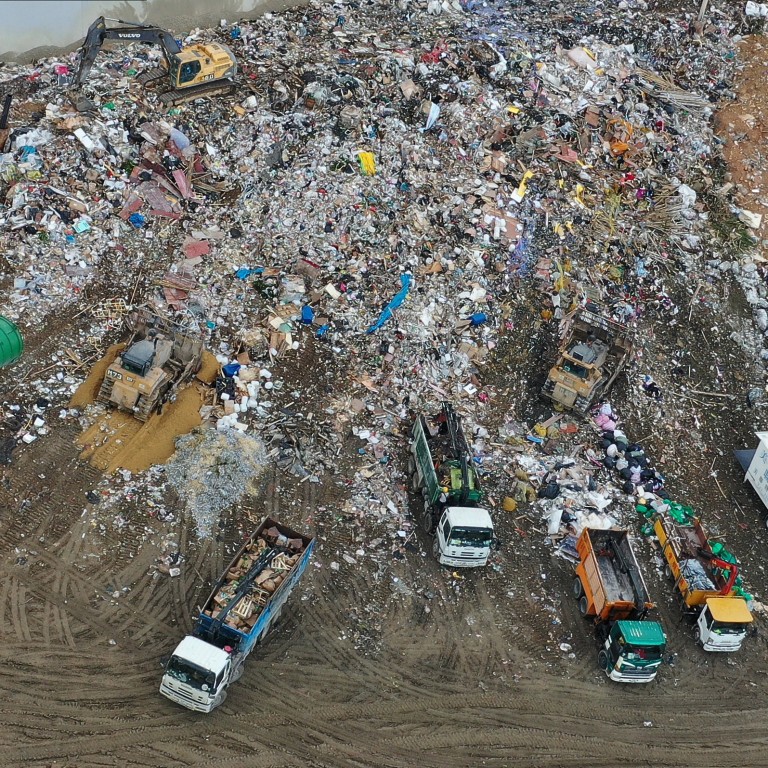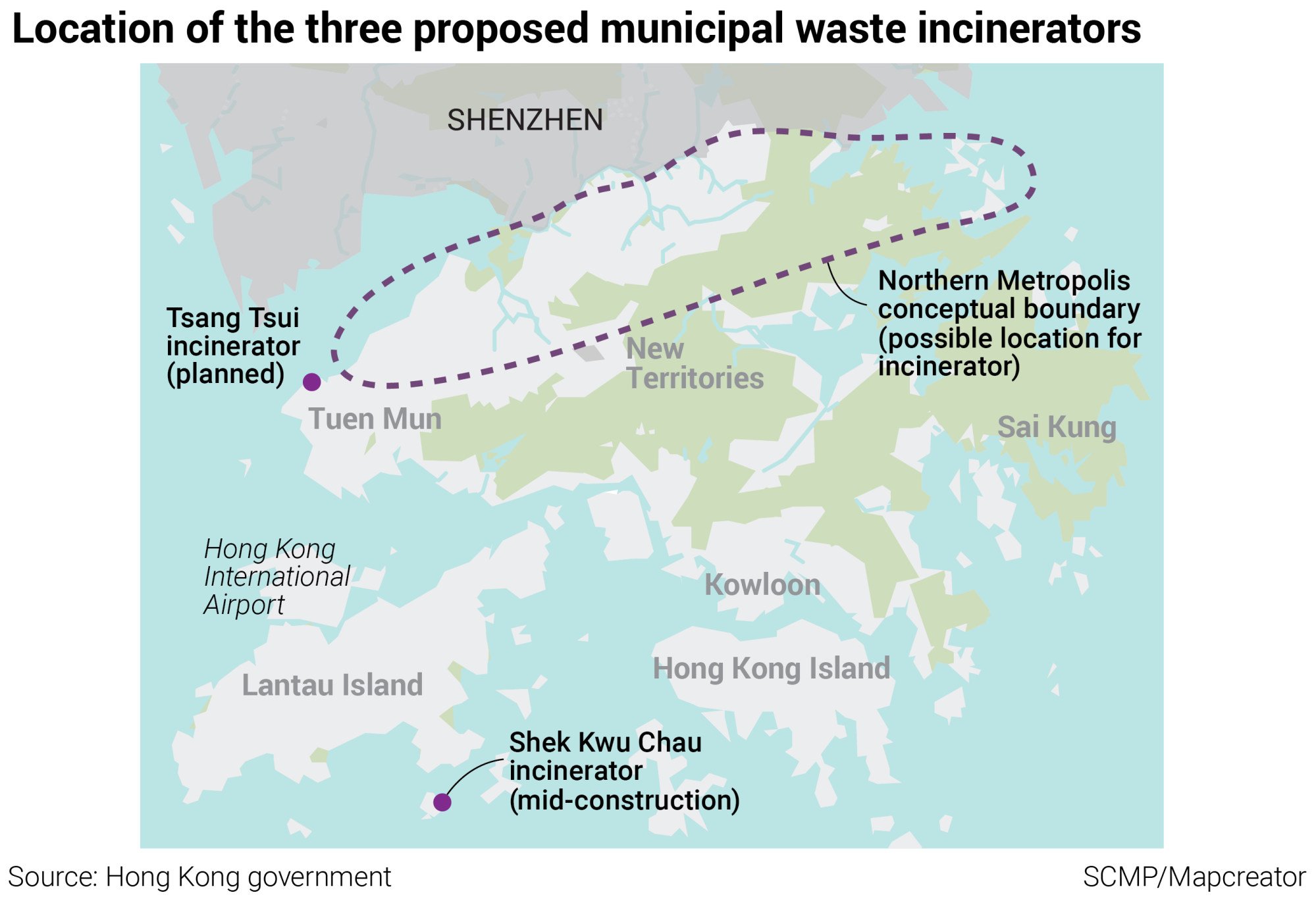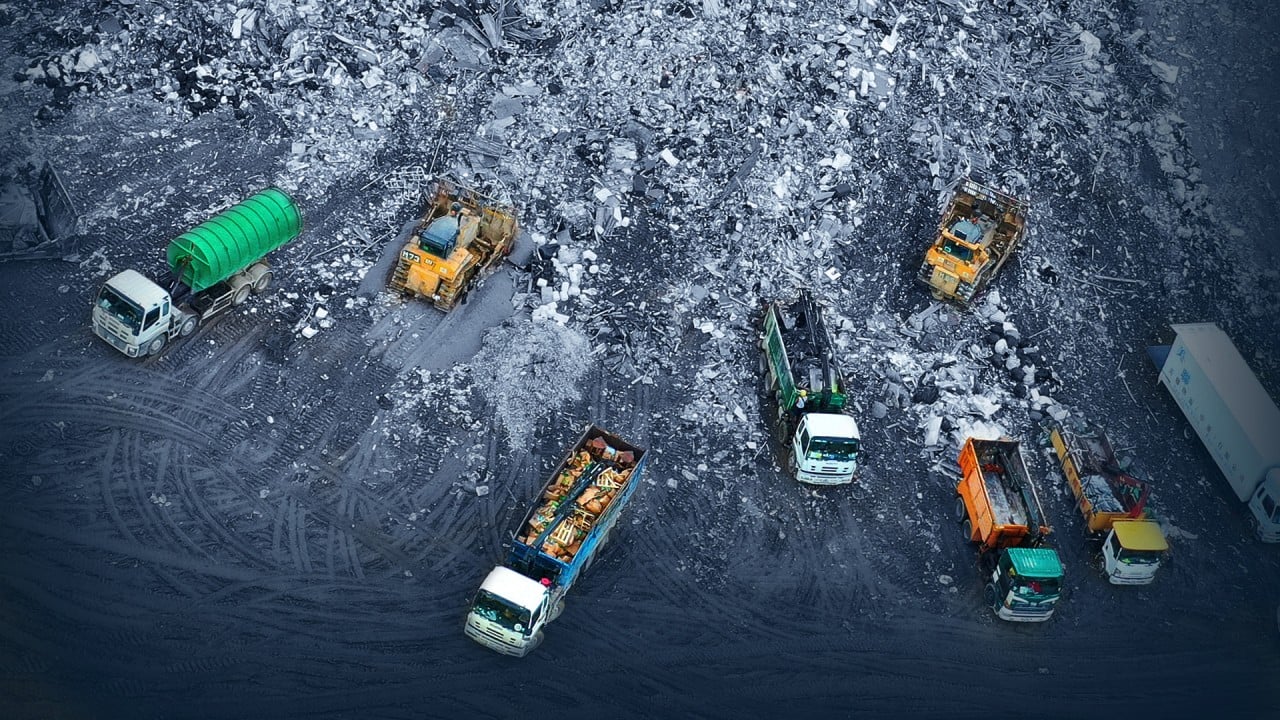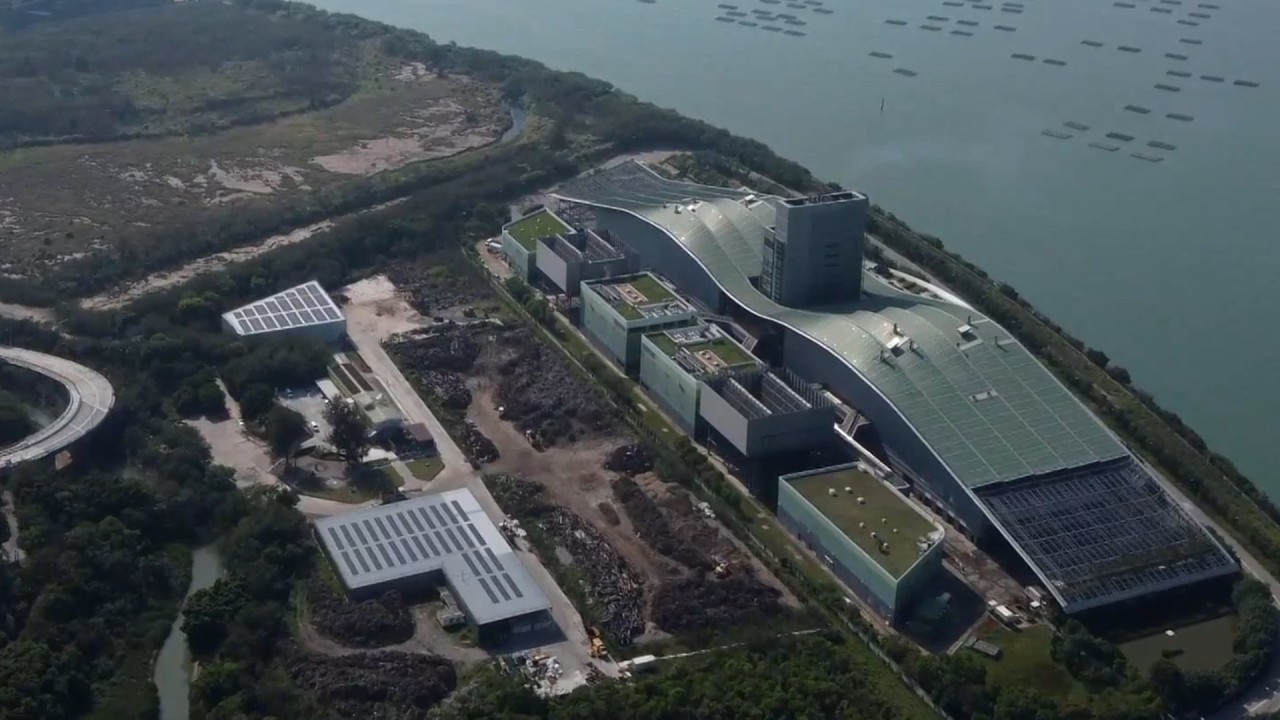
Hong Kong’s landfills aren’t overflowing, but we still need answers to the waste problem
- Reports of the city’s landfills being close to capacity are overblown, as extensions should be able to accept waste for another decade
- Even so, Hong Kong needs answers on recycling and waste reduction to reach the goal of zero landfills and aid the fight against climate change
Has Hong Kong already become a giant landfill? That would be the logical conclusion if reports from the past several years are to be believed.
What has happened since then? Have Hong Kong’s refuse collection services started dumping waste on the streets? Have they been secretly disposing of it into the South China Sea? As a landfill engineer, these reports sound off to me.
Regardless of why such a misconception – or perhaps misunderstanding – has been floating around for so long, our landfills will not be full any time soon.
This blueprint is based on three core objectives: waste reduction, resource circulation and zero landfills. The government’s plan is achievable, but parts of it seem either underdeveloped or overly optimistic. Other parts have faced fierce opposition and scepticism.
Businesses should be held accountable for the waste generated from buying their products. They should at least have a plan of action for all the resources that go into their final products, including packaging. But perhaps I’m being naive, with the government’s reluctance to tamper with business production lines.
The government seems to have taken this entirely on its shoulders with the resource circulation objective. This involves the six large-scale waste management facilities that were recently built or are under construction.
Of the 15,000 tonnes or so of waste produced in Hong Kong every day, more than 10,000 tonnes are municipal solid waste, according to official statistics from the Environmental Protection Department for 2020. That means the IWMF will take away almost 30 per cent of the municipal solid waste load. The incinerator will thus significantly reduce our reliance on landfills and put us on course for the target of zero landfills.

As landfills are a major source of methane, reducing our reliance on them makes sense in the medium to long term. Still, we need to be sensible about how we do it. If that means I will be out of a job in 10 years, so be it.
Clement Chan is a full-time landfill engineer and freelance copywriter and translator. He graduated with a bachelor’s degree in civil and structural engineering from City University of Hong Kong in 2018



